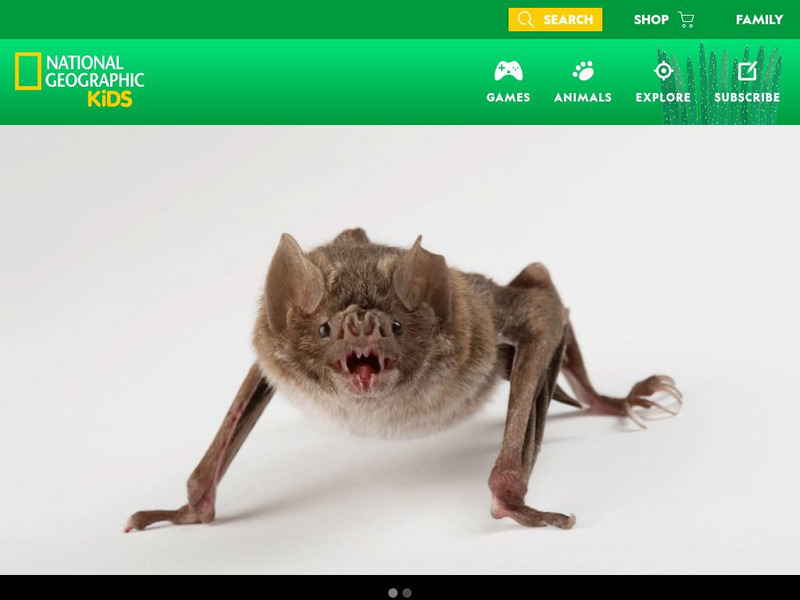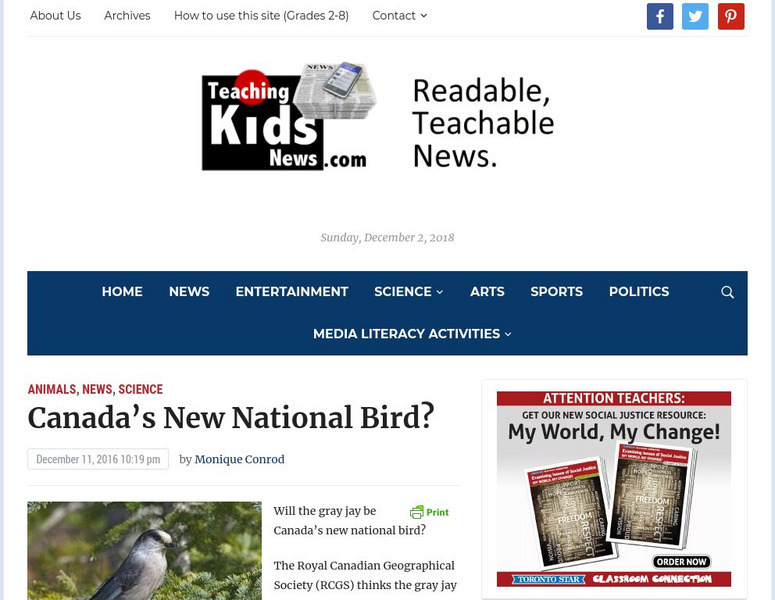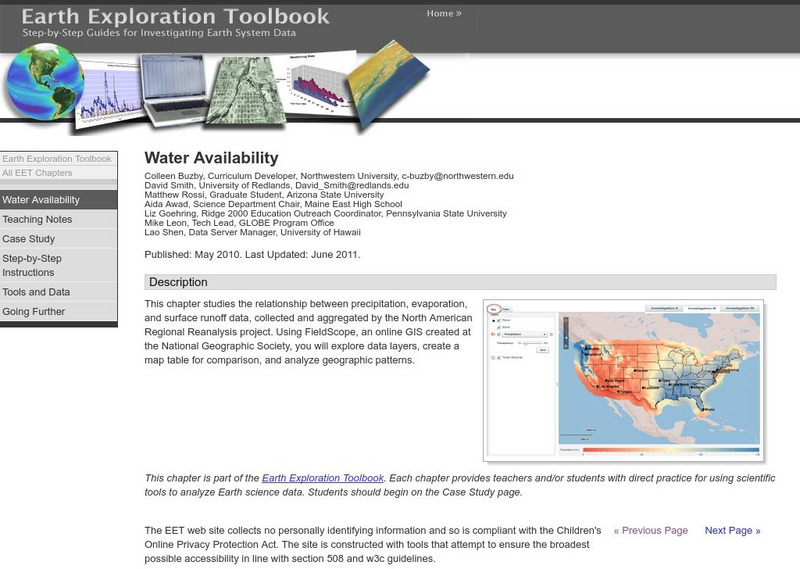Hi, what do you want to do?
National Geographic
National Geographic: Republic to Empire: Government in Ancient Rome
Study two governments in Ancient Roman history and consider the differences and similarities which impacted the societies.
National Geographic
National Geographic: Encyclopedia: Core
Understand the characteristics and features of Earth's core from this detailed article. Includes high-quality illustrations, a downloadable poster, a video, and links to other resources.
National Geographic
National Geographic: Encyclopedia: Mantle
An in-depth look at the structure and composition of Earth's mantle, with lots of visuals. Covers lithosphere, Mohorovicic discontinuity, asthenosphere, transition zone, lower mantle, the d double-prime region, mantle convection, mantle...
National Geographic
National Geographic: Visualizing Watershed Health
Using data visualizations that show dissolved oxygen levels, students analyze the health of the Chesapeake Bay watershed. They will also learn about dead zones, which are aquatic areas where there is insufficient oxygen to support life....
National Geographic
National Geographic: Evaluating Other Energy Sources
A comprehensive lesson where students examine the different costs and benefits associated with renewable and nonrenewable sources of electricity. Includes a 22-question interactive module where they look at real-world data and images...
National Geographic
National Geographic: Salem Witch Trials
This interactive "Salem Witchcraft Hysteria" is based on the historical facts of the Salem witch trials. Enter if you dare, can you survive the Salem Witch Trials?
National Geographic
National Geographic: Cultural Diversity in the United States
Young scholars learn about several different metaphors that have been used to describe cultural diversity in the United States. Then they choose a metaphor that represents today's diverse cultural landscape. Background information,...
National Geographic
National Geographic: Plate Tectonics
A short tutorial on plate tectonics. Includes a video, background reading, three questions, fast facts, and a vocabulary list. Discusses the publication of the Tharp-Heezen map of the seafloor in 1977 which paved the way for a much...
National Geographic
National Geographic: Human Impacts on the Environment
Humans impact the physical environment in many ways: overpopulation, pollution, burning fossil fuels, and deforestation. Changes like these have triggered climate change, soil erosion, poor air quality, and undrinkable water. These...
National Geographic
National Geographic: American Genius: Perseverance
Students investigate the importance of failure to the process of innovation by investigating several items that were invented by accident. They share one "failure to success" story by creating a 3-panel comic strip poster, and then write...
National Geographic
National Geographic: Landscape
A landscape is part of the Earths surface that can be viewed at one time from one place. It consists of the geographic features that mark, or are characteristic of, a particular area. This resource examines different ways types of...
National Geographic
National Geographic: National Geographic Bee
The contest from the National Geographic Society is designed to include more geography in the classroom and spark student interest in the subject of geography.
National Geographic
National Geographic: Getting Lost
The National Geographic Society provides this lesson on cardinal directions for primary students that employs common classroom materials.
National Geographic Kids
National Geographic Kids: Animals: Vampire Bats
Great multi-media site from the National Geographic Society with great information, pictures and video of Vampire Bats. Sections include fun facts, video, audio, a map and send a postcard.
Royal Geographical Society
Royal Geographical Society: Kenya: A Changing Nation
Kenya is home to some of the world's rarest animals and to traditional people whose way of life is under threat. Read about the Maasai people, the animals and climate of Kenya, and investigate how the country is changing.
National Geographic
National Geographic: The Limits of Citizenship in the Roman Empire
This lesson focuses on the roles citizens had during the Roman Empire through fictional biographies.
Library of Congress
Loc: Today in History: October 28: Gilbert H. Grosvenor & Volstead Act
Find a treasure trove of links in the Library of Congress to music, speeches, photographs, and other information about Gilbert H. Grosvenor, the editor of National Geographic Magazine, and about temperance, prohibition, and the eventual...
National Geographic Kids
National Geographic Kids: Native Americans
This is a collection of eight readings about Native Americans each from a different region of the United States. Each discusses how they got there, their culture, their life today, and photos and slide shows.
Royal Canadian Geographical Society
Canadian Geographic: A Developing World
CIDA, in partnership with Canadian Geographic, have created a resource which allows students to investigate the quality of life in over 200 countries by examining various Human Development Index indicators. Students may search by...
Other
Valparaiso University: William Morris Davis
An extensive biography of William Morris Davis (1850-1934 CE), often called "The father of American geography." He was one of the founders of the Association of American Geographers and a regular contributor to the National Geographic...
Other
Teaching Kids News: Canada's New National Bird?
In the upcoming months the Royal Canadian Geographical Society is hoping to name the gray jay the new national bird of Canada.
Other
Unmuseum: Virtual Exploration Society: Matthew Henson
Read the exciting account of Matthew Henson's explorations of the Arctic region and his assault on the North Pole.
National Women's Hall of Fame
National Women's Hall of Fame: Anne Morrow Lindbergh
The National Women's Hall of Fame presents a brief biography of one of its inductees, Anne Morrow Lindbergh (1906-2001), aviator and writer.
Science Education Resource Center at Carleton College
Serc: Water Availability
This instructional activity helps students discover the relationship between precipitation, evaporation, and surface runoff data. Using FieldScope, an online GIS created at the National Geographic Society, students will explore data...

























